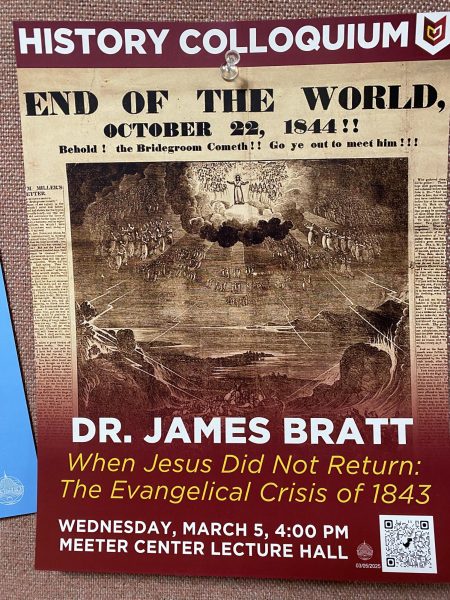Department of Education to begin tracking religious discrimination
Instances of religious discrimination appear to be on the rise; yet these instances can prove difficult to identify and even more difficult to rectify. One reason is due to the challenge of qualifying and quantifying religious discrimination. Few current studies or statistics are available on the topic.
In response to religious discrimination, the U.S. Department of Education (DoE) announced a new initiative in July designed to more objectively and effectively identify and respond to religious discrimination. The initiative involves the department tracking incidents of religious discrimination occurring in the public education system.
According to the July press release, before the end of the year “every public school across the country, for the first time, will report to OCR [the department’s Office for Civil Rights] through the Civil Rights Data Collection on the number of incidents of religious-based bullying or harassment in their schools in the 2015–16 school year.” The press release also states that the U.S. Equal Employment Opportunity Commission will alter the way it collects data in order to obtain “more precise” data related to the religious demographics of individuals who file discrimination charges.
The DoE’s initiative includes an updated complaint form for students and parents as well as a new OCR webpage. The webpage defines religious discrimination within the context of the laws it has the jurisdiction to enforce — that is, within the context of race and ethnicity.
According to this webpage, “None of the laws that OCR enforces expressly address religious discrimination.” Rather, the laws are intended to protect students discriminated against because of characteristics which link them to a culture or country associated with a particular religion.
A recent article by Kelsey Dallas entitled “At Back-to-School Time, A New Effort to Protect Kids Bullied for Their Faith” tells the story of a young boy who was the victim of bullying and anti-Muslim sentiments because he wore a turban. The July press release lists other examples of religious discrimination such as “anti-Semitic epithets” directed at Jewish students, the harassment of Muslim students for wearing hijab or labeling an individual as a terrorist based on their ethnicity. The OCR webpage offers that Hindu, Jewish, Muslim and Sikh students might be targets of ethnic and religious discrimination because they are part of groups that are associated with both ethnic and religious characteristics. The reports required of public schools and tracked by the DoE will not relate to all religious discrimination, but only to those instances associated with “perceived or actual” ethnicity.
This new initiative equips the DoE to examine religious discrimination in an objective, measurable context. This is the first time data of this kind has been collected across the entire school system and the Department hopes it will enable “stakeholders, policymakers and educators” to “understand the problem of religious discrimination and to measure progress going forward.” This examination could lead to more effective responses to religious discrimination in the future.







